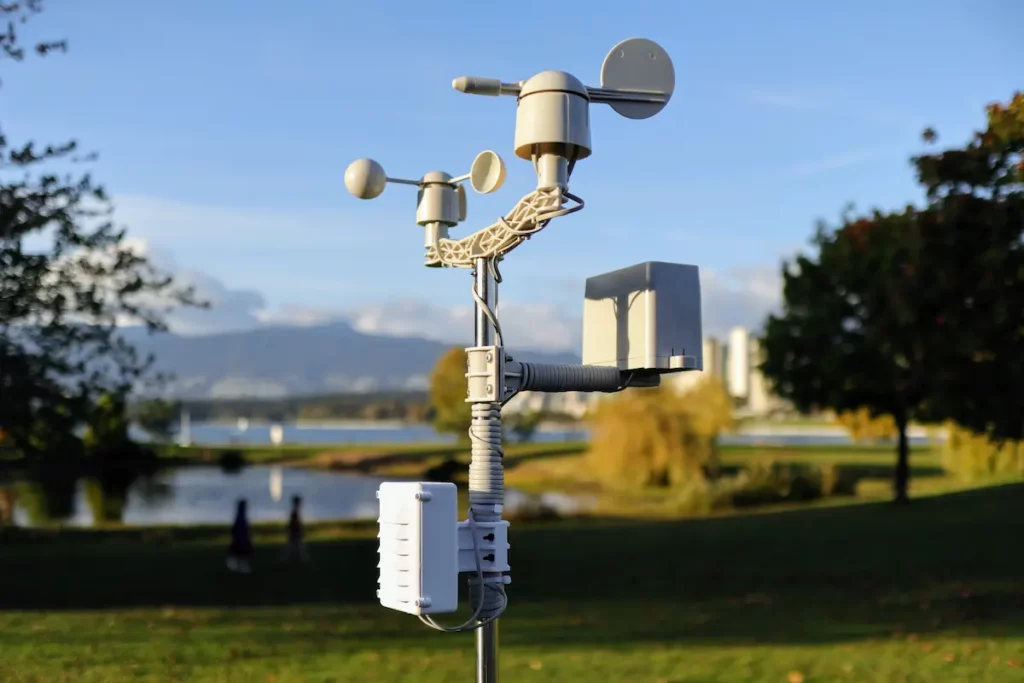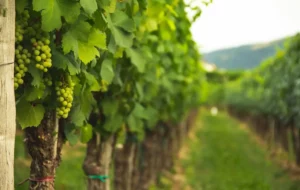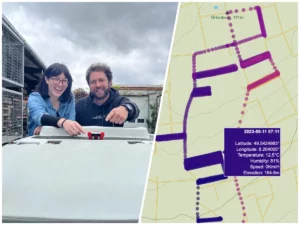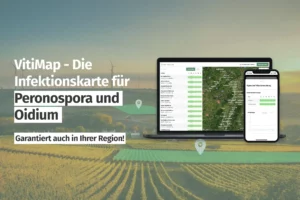Why don't you need to own a weather station for an accurate forecast?
In our last blog article, we explained how VineForecast adapts forecasts to the local conditions of a vineyard. VineForecast can capture small-scale differences in infection risks without weather stations using so-called downscaling.
In this blog article, we would like to answer a question that we are often asked: How do you calculate forecasts if you don't place a weather station on-site?
Weather stations measure - forecasts come from weather models
The most important information up front: A weather station does not calculate a weather forecast.
Weather forecasts are provided by weather services such as the German Weather Service in Offenbach or the National Oceanic and Atmospheric Administration (NOAA) in the USA. To calculate these weather forecasts, gigantic supercomputers are needed on which the development of the weather in the coming days is calculated with the help of a model of the atmosphere.
Measured data from weather balloons, satellites, or weather stations continuously inform these weather models about the current state of the atmosphere. It is essential that measurement data not only come from one region, but from all over the world and from different layers of the atmosphere.
Europes weather is made in North America
For example, most of the low-pressure systems that determine the weather in Central Europe start to develop off the east coast of Canada in the region around Newfoundland. From there, they move eastward across the Atlantic and bring precipitation to Europe on their warm and cold fronts.
To put it in a nutshell: If weather models were not fed with data from North America, then a weather forecast for Central Europe over several days would be virtually impossible. This would not change even if one were to set up a weather station in Europe every 100m.
VineForecast uses the data from the above-mentioned weather models and adapts them to the local conditions of a site. Thus, the effect of the general weather situation on the microclimate of a vineyard is estimated even more accurately.
Preventive crop protection needs forecasts
In viticulture, weather forecasts are primarily needed for plant protection against powdery and downy mildew. Most plant protection products only have a protective effect, i.e. the products must be applied to the plant before potential infection to effectively protect the plant material from infection. Although curative agents are also available, their effect is limited to a maximum of 48 hours after the infection event. In the case of vines and grapes, the curative effect is often even lower (for more info click here).
Weather stations alone are purely measuring instruments and can only provide retrospective information about the course of the weather and disease pressure. For plant protection with preventive agents, however, information about the future is needed in order to apply the plant protection agents to the plant in good time before impending infections. Should a weather station provider additionally offer a forecast of the weather, then this does not come from the weather station itself, but from the weather models described.
Advantages of VineForecast over weather stations
VineForecast specializes in forecasting weather and disease events. Using a weather station-free approach, VineForecast creates an on-demand solution for preventive crop protection without compromising forecast quality. Instead, you can obtain regionalized weather and disease forecasts for every field on your farm at significantly lower rates.
In addition, the subscription model allows you to remain flexible, avoid high investment costs for weather stations, and benefit from synergies with the linked field documentation and farm management platform.
Feel free to contact us for more info via our contact form:




